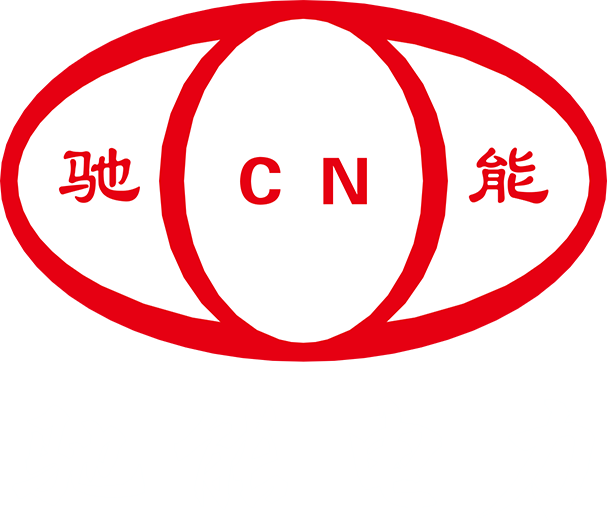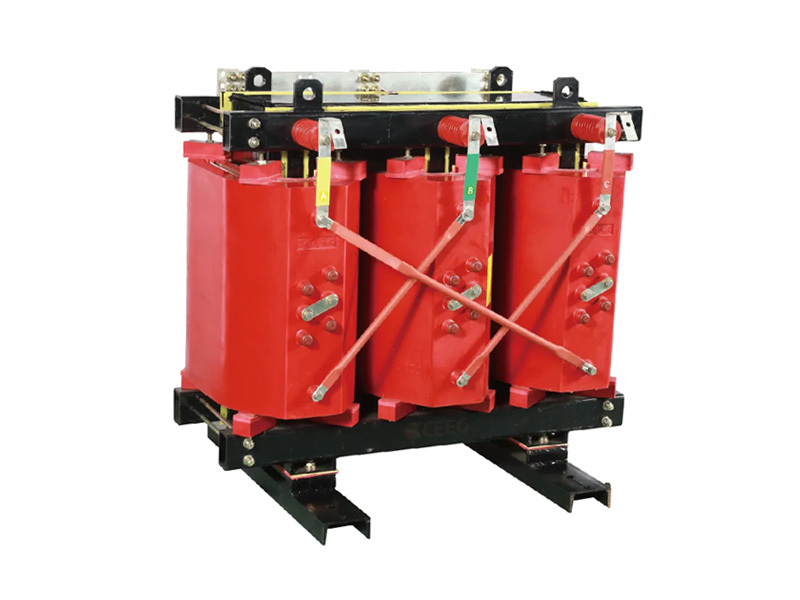He' Nan Chineng Electric Power Equipment Co., Ltd
Why Choose a Three-Phase Oil-Immersed Transformer for Your Power Needs?
May 10,2025
Why Choose a Three-Phase Oil-Immersed Transformer for Your Power Needs?
Understanding the Basics of Three-Phase Oil-Immersed Transformers
In the world of electrical engineering, transformers play a pivotal role in the distribution and management of electrical energy. A **three-phase oil-immersed transformer** is specifically designed to handle three-phase power systems, which are the backbone of most industrial electrical applications. This section delves into the fundamental components and functions of these transformers.
What Is a Three-Phase Transformer?
A three-phase transformer is a type of transformer that consists of three single-phase transformers combined to operate on a three-phase system. It efficiently converts voltage levels within electrical networks, enabling the safe and effective transmission of electricity over long distances.
What Is Oil Immersion?
Oil immersion refers to the practice of submerging the transformer’s core and windings in an insulating oil. This oil serves multiple purposes, including heat dissipation, insulation, and protection against moisture and contaminants. The benefits of using oil in transformers cannot be overstated, especially in high-voltage applications.
The Benefits of Choosing a Three-Phase Oil-Immersed Transformer
Selecting the right transformer for your power needs is crucial for operational efficiency and reliability. Here, we outline the numerous advantages of **three-phase oil-immersed transformers**.
1. Enhanced Cooling System
One of the standout features of oil-immersed transformers is their superior cooling capability. The oil absorbs heat generated during operation, allowing for effective temperature regulation. This results in:
- **Increased efficiency**: Cooler operation enhances the transformer's overall efficiency and performance.
- **Extended lifespan**: A well-cooled transformer is less prone to overheating, which can lead to failures or reduced lifespan.
2. Improved Insulation Properties
The insulating oil used in these transformers provides excellent dielectric strength, ensuring that the transformer operates safely under high voltage conditions. This leads to:
- **Reduced risk of electrical faults**: The oil minimizes the chances of short circuits and electrical failures.
- **Enhanced safety standards**: Oil-immersed transformers comply with stringent safety regulations, making them suitable for various industrial applications.
3. Robust Design and Durability
Three-phase oil-immersed transformers are built to withstand harsh environmental conditions. The robust construction typically features:
- **Weather-resistant materials**: Designed to endure exposure to moisture, dust, and temperature fluctuations.
- **Long-term reliability**: These transformers are known for their low maintenance needs and long operational life, often exceeding 30 years.
4. Versatility in Application
Due to their design and capabilities, three-phase oil-immersed transformers serve a wide range of applications, including:
- **Industrial plants**: Powering heavy machinery and equipment.
- **Commercial buildings**: Facilitating efficient energy distribution in large facilities.
- **Renewable energy systems**: Supporting solar and wind energy applications.
Key Components of Three-Phase Oil-Immersed Transformers
Understanding the essential components of these transformers can provide insights into their operation and maintenance. Here are the critical parts:
1. Core
The core is typically made of silicon steel and is designed to minimize energy loss. It serves as the magnetic pathway for the transformer, allowing for efficient energy transfer.
2. Windings
The windings consist of copper or aluminum conductors, which are responsible for transferring electrical energy. They are insulated with high-quality materials to prevent short circuits and electrical arcing.
3. Tank
The transformer tank houses the core and windings and is filled with insulating oil. It is constructed to withstand pressure and protect against environmental factors.
4. Bushings
Bushings are insulators that allow electrical conductors to pass through the transformer tank while maintaining insulation. They play a crucial role in ensuring safe operations.
How to Choose the Right Three-Phase Oil-Immersed Transformer
Selecting the appropriate transformer for your power needs involves several considerations. Here’s what you need to keep in mind:
1. Determine Your Power Requirements
Assess the voltage, current, and frequency needs of your application. This information is essential for selecting a transformer that can handle your electrical loads effectively.
2. Evaluate Environmental Conditions
Consider the installation site and its environmental conditions. Factors such as temperature fluctuations, humidity, and exposure to contaminants can influence the choice of a transformer.
3. Review Regulatory Standards
Ensure that the selected transformer complies with local and international electrical standards. This is crucial for safety and operational reliability.
4. Consult with Experts
Engaging with experienced electrical engineers or transformer manufacturers can provide valuable insights and recommendations tailored to your specific needs.
Maintenance Tips for Three-Phase Oil-Immersed Transformers
To ensure the longevity and optimal performance of your transformer, regular maintenance is essential. Here are some practical maintenance tips:
1. Conduct Regular Inspections
Schedule routine inspections to check for signs of wear, leakage, or overheating. Early detection of issues can prevent costly repairs or replacements.
2. Monitor Oil Levels and Quality
Regularly check the oil levels and quality in the transformer tank. Contaminated or low oil levels can significantly impact the performance and safety of the transformer.
3. Test Electrical Connections
Regularly test and tighten electrical connections to prevent arcing and resistance issues. Loose connections can lead to overheating and potential transformer failure.
4. Keep the Surrounding Area Clean
Maintain a clean environment around the transformer to prevent dust and debris from entering the system. This can help in avoiding insulation failures and unwanted electrical discharges.
Cost Considerations for Three-Phase Oil-Immersed Transformers
While the initial investment in a three-phase oil-immersed transformer may be substantial, it is essential to consider the long-term savings and benefits. Below are some cost-related factors to contemplate:
1. Initial Capital Expenditure
The cost of purchasing and installing a three-phase oil-immersed transformer can be significant, depending on factors such as capacity, specifications, and installation complexity.
2. Operational Efficiency
Oil-immersed transformers often exhibit higher efficiency compared to dry-type transformers, leading to reduced operational costs over time.
3. Maintenance Costs
Although maintenance is necessary, the durability and reliability of oil-immersed transformers often translate to lower long-term maintenance costs.
4. Energy Savings
Higher efficiency levels can result in lower energy consumption, leading to reduced electricity bills and a favorable return on investment over the transformer’s lifespan.
FAQs about Three-Phase Oil-Immersed Transformers
1. What is the lifespan of a three-phase oil-immersed transformer?
A: The average lifespan of a three-phase oil-immersed transformer can exceed 30 years with proper maintenance and care.
2. Are three-phase oil-immersed transformers suitable for renewable energy applications?
A: Yes, these transformers are ideal for renewable energy systems, providing efficient energy management for solar and wind applications.
3. How often should I perform maintenance on my transformer?
A: It is advisable to conduct inspections and maintenance at least once a year, or more frequently based on operational demands and environmental conditions.
4. What are the signs that my transformer needs repair?
A: Common signs include unusual noises, overheating, oil leaks, and frequent tripping of protective devices.
5. Can I install a three-phase oil-immersed transformer myself?
A: Installation should be conducted by qualified electrical engineers to ensure safety and compliance with local regulations.
Conclusion
Choosing a **three-phase oil-immersed transformer** for your power needs offers numerous advantages, including enhanced cooling, improved insulation, and robust performance in various applications. By understanding the components, benefits, and maintenance requirements of these transformers, you can make informed decisions that lead to reliable and efficient electrical power management in your facility. Investing in the right transformer not only meets your current power demands but also ensures long-term operational efficiency and safety. Engage with qualified professionals to guide you through the selection and installation process, ensuring the best outcomes for your energy needs.
PREVIOUS:










